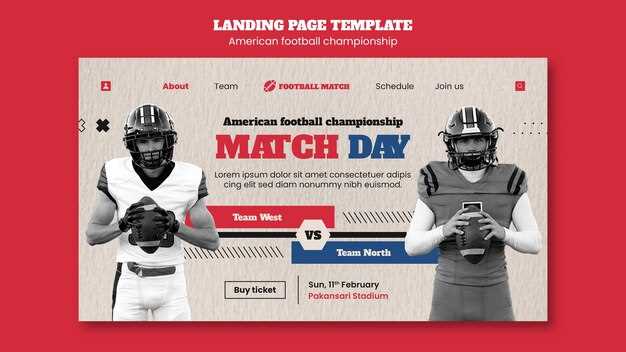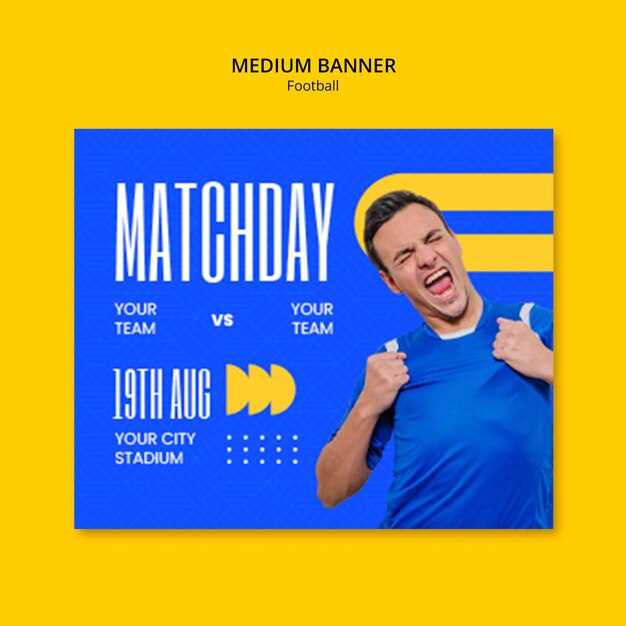Choose a focused niche and publish a concrete service plan: a 60-minute intake, up to three curated introductions per month, and a two-week follow-up. This framework sets client expectations and shapes your outreach.
Track outcomes from each engagement: number of successful matches per month, average time to first contact, and client retention. For part‑time work, aim for at least two qualified introductions monthly; target a data‑driven satisfaction score based on post‑service surveys to guide improvements.
Develop a repeatable intake framework: ask about goals, deal-breakers, timelines, and consent to share contact details. Use a short form plus a 30‑minute discovery call to confirm fit and set expectations for the matching process.
Build a client pipeline and a partner network: outreach via referrals, events, and collaborations with dating coaches and venue hosts. As a dating consultant or pairing coordinator, you’ll tailor introductions to each profile, and provide clear privacy guidelines and a simple agreement template to protect all participants.
Ethics and compliance: keep client data secure, obtain written consent for sharing information, and establish boundaries on what you can promise. Offer transparent pricing and a fair refund policy to foster trust and long‑term relationships with clients.
Review results periodically, adjust your niche, and refine outreach and matching methods based on feedback and measurable data.
How to Pick a Niche and Define Ideal Client Profiles
Choose a single niche you can serve with credibility and prove results within three months. Create a minimal service package (for example an eight‑week program or a four‑session coaching track) priced to attract early clients.
To decide your niche, ask five questions: Which client stories do you genuinely enjoy solving? Which pains are you fastest to fix? Where is there clear demand and willingness to pay? What competition exists, and at what price? Where can you reach this audience with limited friction?
Build three ideal client profiles (personas): 1) Urban professional in their 30s seeking a lasting relationship, time‑crunched, values compatibility and clear communication; 2) Divorced in their 40s with children, wants a balanced dating approach and privacy; 3) LGBTQ+ professional in late 20s to early 40s seeking inclusive support and a practical dating plan. For each, note demographics, goals, pain signals, buying triggers, preferred communication channels, and common objections.
How to validate ICPs: run five to ten discovery conversations, record goals, budgets, and objections, then refine profiles to two or three segments. Create concise ICP one‑pagers to guide outreach, outreach scripts, and service packaging.
Documentation and metrics: maintain an ICP sheet with demographics, goals, pain signals, buying triggers. Track metrics such as inquiry to conversation rate, program signup rate, and client retention over time. Use results to adjust messaging and offers every quarter.
Service scope options by niche: 1) personal compatibility coaching with guided interview protocols; 2) curated introductions based on values and preferences; 3) small‑group events or speed‑dating sessions aligned with client profiles. Price these as clearly defined bundles with milestones and outcomes.
Evidence sources: public professional networks, survey responses, referral partners, and client intake data. Schedule a quarterly review to ensure profiles stay aligned with market signals and your capacity to deliver exceptional results.
What to Ask in Client Intake and How to Screen for Compatibility
Use a structured intake form that captures goals, boundaries, lifestyle, and safety preferences in concrete terms.
Ask concise prompts to reveal intent and non-negotiables: What relationship are you seeking (long-term, companionship, or casual dating)? Describe your ideal first three months of dating. List up to five dealbreakers (examples: proximity requirements, communication style, or privacy boundaries). How do you balance independence with closeness in a partner?
Apply a scoring rubric with four categories and a 0–5 rating per response, total 0–20. Categories: Core values alignment, Daily rhythm and logistics, Communication style, Intent and boundaries. A score above 14 signals substantial overlap; 9–13 indicates potential with targeted discovery; below 9 flags a mismatch to reconsider before moving forward.
Core values prompts: What traits do you prize most in a partner? Share a recent example of trust and reliability you valued in a relationship. What beliefs or habits would you never compromise on? Lifestyle and logistics prompts: describe your weekly schedule, available dating time, and preferred pace. Do you require proximity within 30 miles, or is longer travel acceptable? What tolerance do you have for different sleep patterns or social calendars?
Communication and boundaries prompts: how do you handle disagreements, and what tone or frequency of check-ins feels healthy to you? Do you prefer texting, calls, or video chats as the main communication channel? Are there topics you want to keep private or boundaries around social media and privacy? Privacy and consent prompts: explain how you want your responses stored, who can view them, and your right to edit or withdraw information at any time.
Practical steps: review responses in 48 hours, summarize core overlaps in a one-page profile, and share it with the client for confirmation or adjustments. Flag any red flags (incompatibilities on core values, non-negotiables, or safety concerns) and pause deeper screening if multiple warning signs appear. Use a brief follow-up session to confirm alignment before proceeding to curated introductions.
How to Deliver Matches, Track Outcomes, and Manage Client Feedback
Deliver three curated pairings per client cycle, each aligned to the stated goals, with a 14‑day window for feedback. Implement a repeatable workflow: precise briefing, targeted curation, thoughtful presentation, and documented outcomes.
Structure client profiles with fields for core goals, non‑negotiables, relationship style, location tolerance, hobbies, and communication cadence. Attach a rubric for each candidate: alignment score, date quality signals, red flags, and logistical fit. Track status in a shared sheet: shortlisted, contacted, scheduled, met, and feedback pending.
Measure weekly: match rate (presented vs. accepted), date booking rate, first date rate, and client satisfaction averages. Record each date outcome in the scorecard, including qualitative notes that explain the score shift. Use a simple dashboard (numbers + notes) to guide next search steps.
Collect structured feedback after each date using a 5‑point rating and a brief narrative. Tag recurring themes (communication style, pace, shared interests) and convert them into action items: adjust filters, expand search radius, revise outreach language. Archive feedback with timestamps for trend analysis.
When a candidate cancels or a date misfires, replace within 7 days and document the cause. Maintain a buffer of backup profiles per client to reduce downtime. Use a trigger before the next wave: if no strong fit within 21 days, widen criteria or re‑target submarkets.
Protect client data: limit access, encrypt notes, and anonymize external profiles when sharing with colleagues. Clear consent for each outreach message. Position consent as a formal step in the intake flow.
Schedule monthly debriefs to refine search parameters, adjust messaging scripts, and calibrate expectations. Document changes and track impact on outcomes over time.





